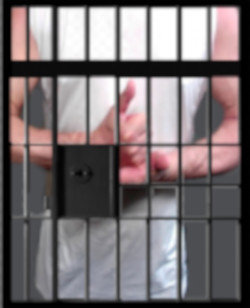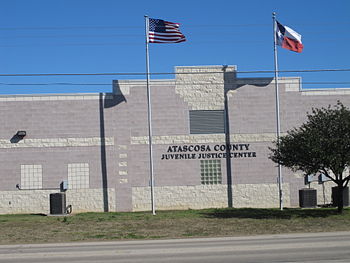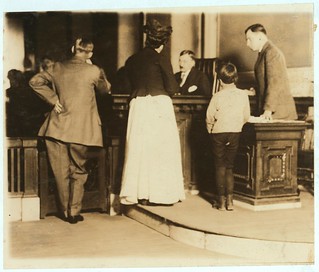 By Supporter Contributor Daphne Holmes
By Supporter Contributor Daphne Holmes
The juvenile justice system in the United States operates under a different set of standards than the adult criminal justice system. In order to make distinctions between the actions undertaken by minors and the crimes committed by adults, the two methods of dispensing justice are completely separate from one another, under the current system.
Court hearings for juveniles are conducted outside the mainstream adult system, and other rehabilitation services also stem from independent juvenile providers. In general, the system recognizes the differences between adults and juveniles, assigning less accountability for juveniles committing crimes. In addition to their past actions, minors are viewed through a different lens, in terms of their ability to be rehabilitated in the future. State juvenile programs widely accept that younger offenders have greater potential to change than their adult counterparts do, so the system accommodates a reform-based viewpoint for minors.
Are we going far enough to separate how we administer justice to juveniles and adults? If not, where are we failing and what can we do to right the juvenile justice ship?
Traditional Juvenile Justice
In most states, juvenile justice systems intervene when crimes are committed by persons under age 18, though many state systems accommodate supervising those as old as 21. Early juvenile justice was meted out informally, sometimes simply between judges and offending families. The stakes are higher today, and specific provisions provide for juveniles in the system.
Though the focus remains on rehabilitation and turning young lives around, state systems are governed by specific legislation protecting juveniles’ rights. In 1967, for example, some of the same provisions protecting adults were extended to minors, including the right to legal representation. Subsequent laws also grant the right to trials and other protections. Like adults, juvenile offenders cannot be tried twice for the same crime, and the preponderance of evidence must prove guilt beyond a reasonable doubt.
Developments Changed Playing Field
Despite ongoing commitments to reform and education, the juvenile justice system continues to evolve, shifting in response to social changes. In the late-80’s, for example, youthful offenders grew in numbers, prompting the system to react with harsher approaches toward juvenile justice. Higher percentages of offenders were subsequently tried as adults, and certain classes of crimes carried adult penalties for juvenile offenders.
The shift, which carried through into the 1990’s, focused on a law and order approach with less delineation between adult and juvenile offenders. Generally, minors enjoyed less protection than they had previously, leading to adult convictions and prison sentences for juveniles.
Changing Views on Juvenile Justice
The progression of social opinion regarding juvenile justice is turning in a new direction, as more and more studies point to differences in the developmental stages between adolescents and adults. In contrast to the 20th century policies focused on incarcerating juvenile offenders, today’s movement embraces a developmental model of reform, which accounts for the unique ways minors see right and wrong.
Behavioral science and sensitivity to mental defects play prominently in the paradigm embraced by many reform advocates, who want to see juvenile offenders getting the help they need, rather than being locked away. In cases where juveniles do rub up against the adult justice system, reform advocates seek greater protection for their civil rights.
Rehabilitation is still a central tenet of most views of juvenile justice, so reformers want to place greater responsibility on communities for support shaping juvenile outcomes. Local outreach programs and alternative sentencing, for example, are seen as better solutions than prison terms.
The United States juvenile justice system will continue to evolve as it has in the past, responding to social change and shifts in what we know about juvenile offenders. The key for reformers is to balance public interests with the unique requirements of juvenile enforcement and rehabilitation.
Daphne Holmes contributed this guest post. She is a writer for ArrestRecords.com and you can reach her at daphneholmes9@gmail.com.








